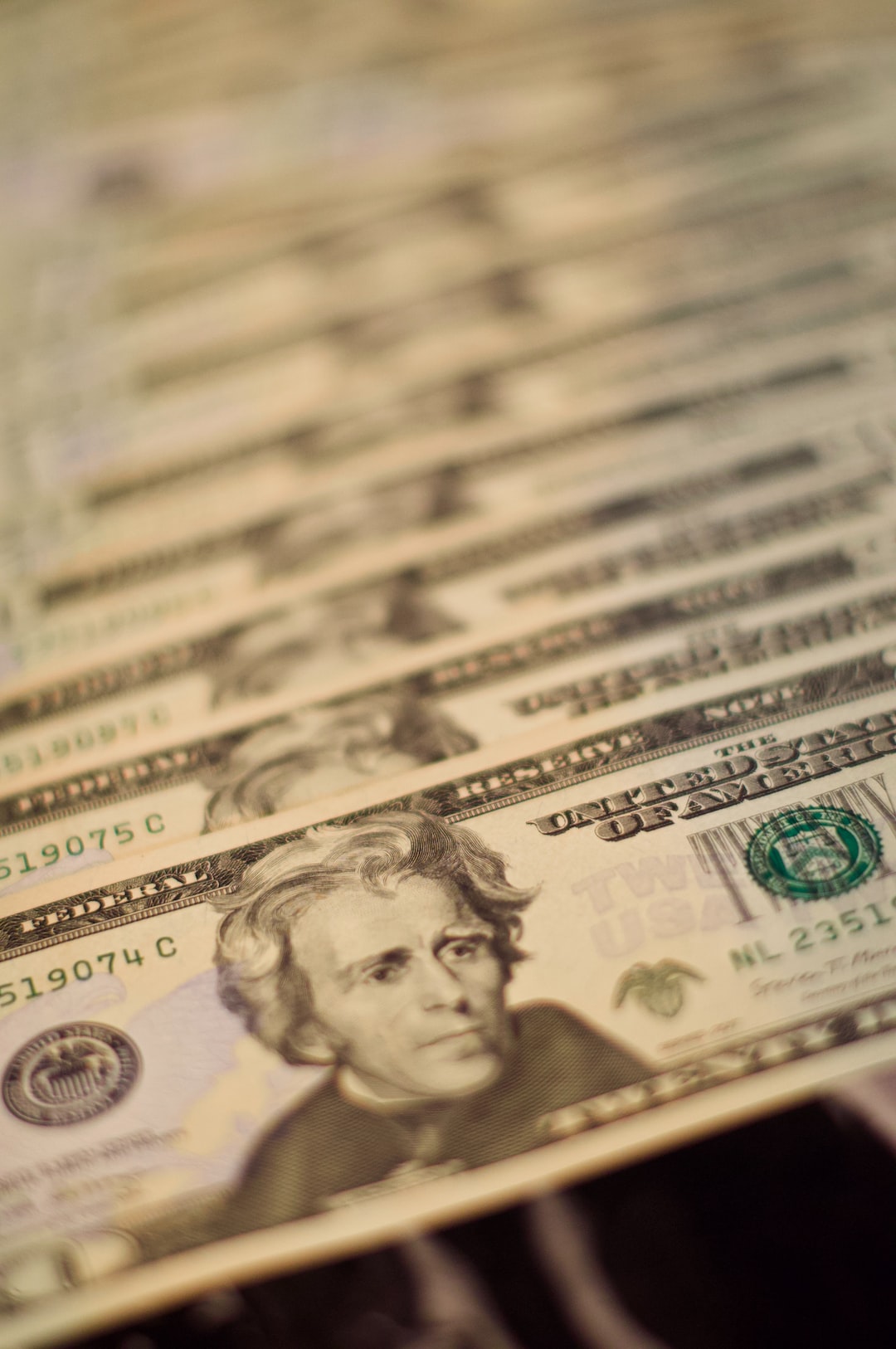Forex trading is a complex process that involves analyzing data and making predictions based on that analysis. One of the most effective tools for analyzing data is statistics, and one of the most popular tools for analyzing statistics is Excel. In this article, we’ll explore how to apply statistics in Excel to improve your Forex trading strategies.
First, it’s important to understand what statistics are and how they relate to Forex trading. Statistics is the science of collecting, analyzing, and interpreting data. In Forex trading, this means collecting data on currency pairs, analyzing that data to identify trends and patterns, and interpreting those trends and patterns to make informed trading decisions.
Excel is an incredibly powerful tool for applying statistical analysis to Forex trading. With Excel, you can easily collect and organize data, perform complex calculations, create charts and graphs to visualize data, and more. Here are some specific ways you can use Excel to apply statistics to Forex trading:
1. Collecting and organizing data
The first step in applying statistics to Forex trading is collecting and organizing data. This can involve collecting data on currency pairs, economic indicators, news events, and more. Excel is an ideal tool for organizing this data, as it allows you to create spreadsheets that can be easily sorted, filtered, and analyzed.
2. Calculating statistical measures
Once you have collected and organized your data, you can use Excel to calculate statistical measures such as mean, median, standard deviation, and more. These measures can help you identify trends and patterns in the data and make more informed trading decisions.
3. Creating charts and graphs
Excel’s chart and graph tools are incredibly useful for visualizing data and identifying trends and patterns. You can use these tools to create line charts, bar charts, pie charts, and more, allowing you to quickly and easily see how different variables are affecting currency pairs.
4. Conducting regression analysis
Regression analysis is a powerful statistical tool that can help you identify correlations between different variables. In Forex trading, this can involve analyzing how economic indicators such as GDP, inflation, and employment rates impact currency pairs. Excel has a built-in regression analysis tool that makes it easy to perform this type of analysis.
5. Creating trading models
One of the most powerful ways to apply statistics to Forex trading is by creating trading models. These models use statistical analysis to identify trends and patterns in the data and make predictions about future price movements. Excel is an ideal tool for creating trading models, as it allows you to easily input and analyze data, perform complex calculations, and test different scenarios.
In conclusion, statistics and Excel are incredibly powerful tools for Forex trading. By collecting and analyzing data, calculating statistical measures, creating charts and graphs, conducting regression analysis, and creating trading models, you can make more informed trading decisions and improve your overall profitability. Whether you’re a beginner or an experienced trader, incorporating statistics and Excel into your trading strategy can help you achieve greater success.





